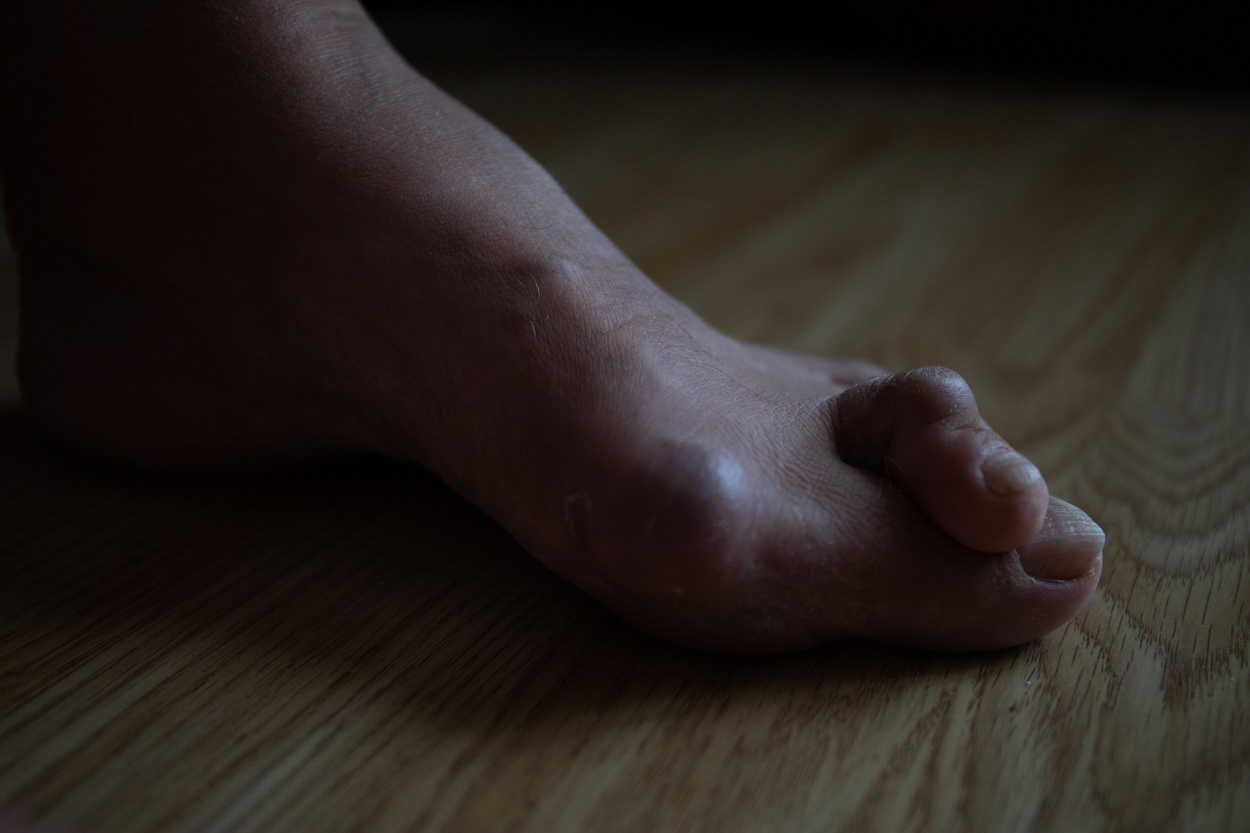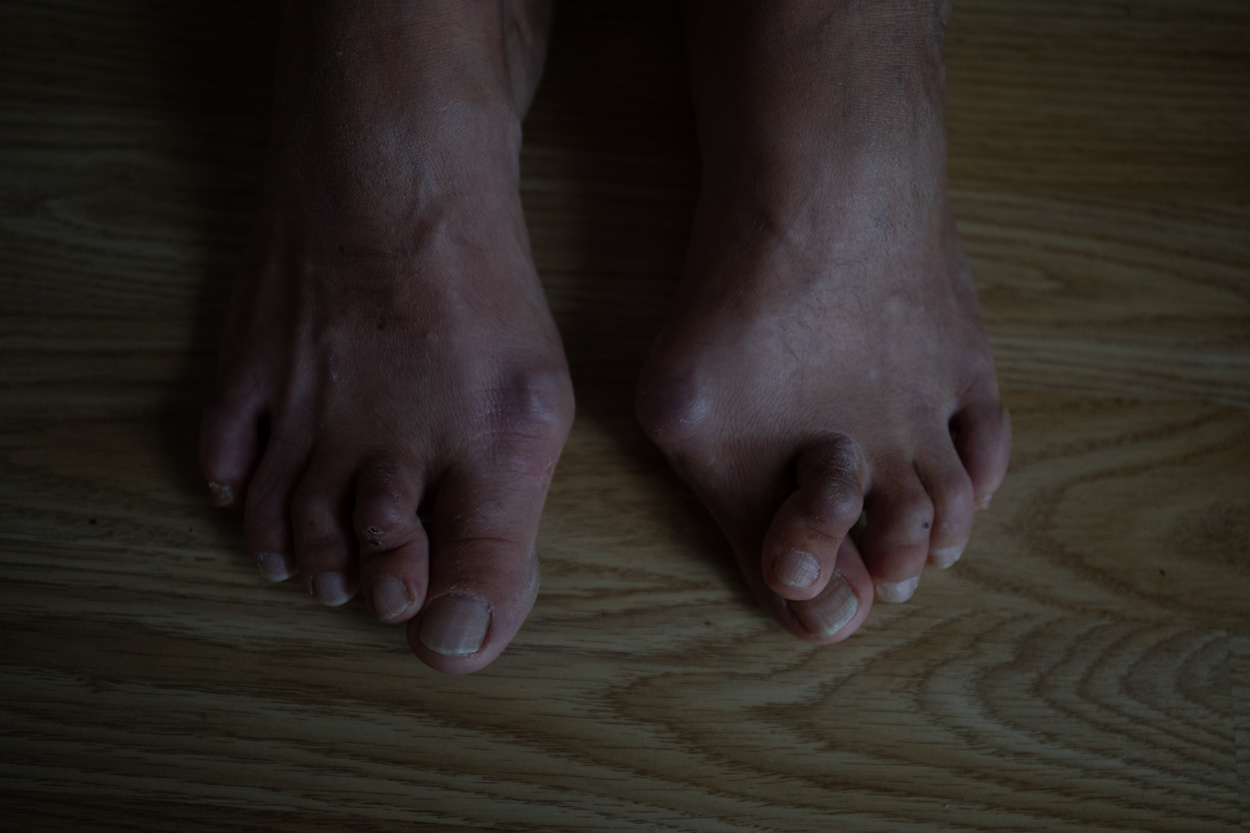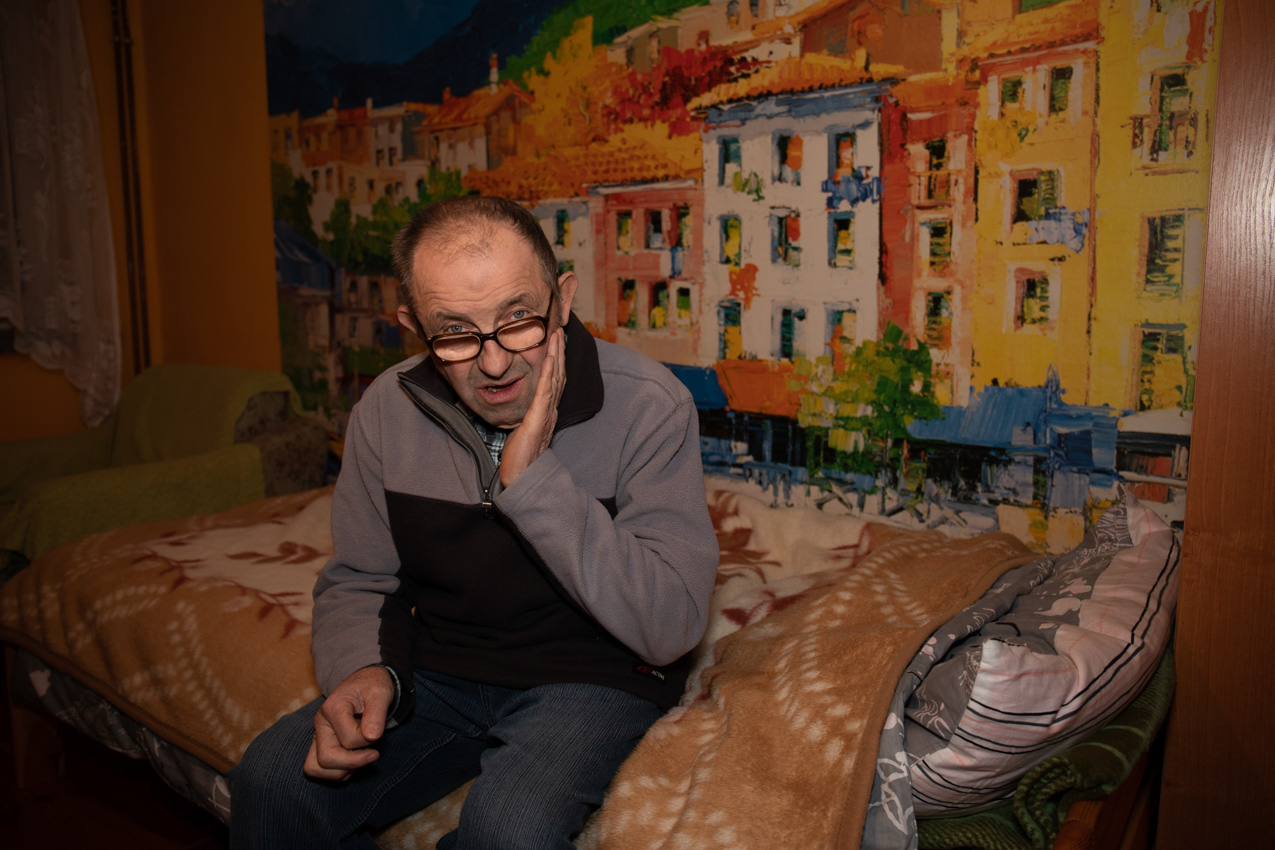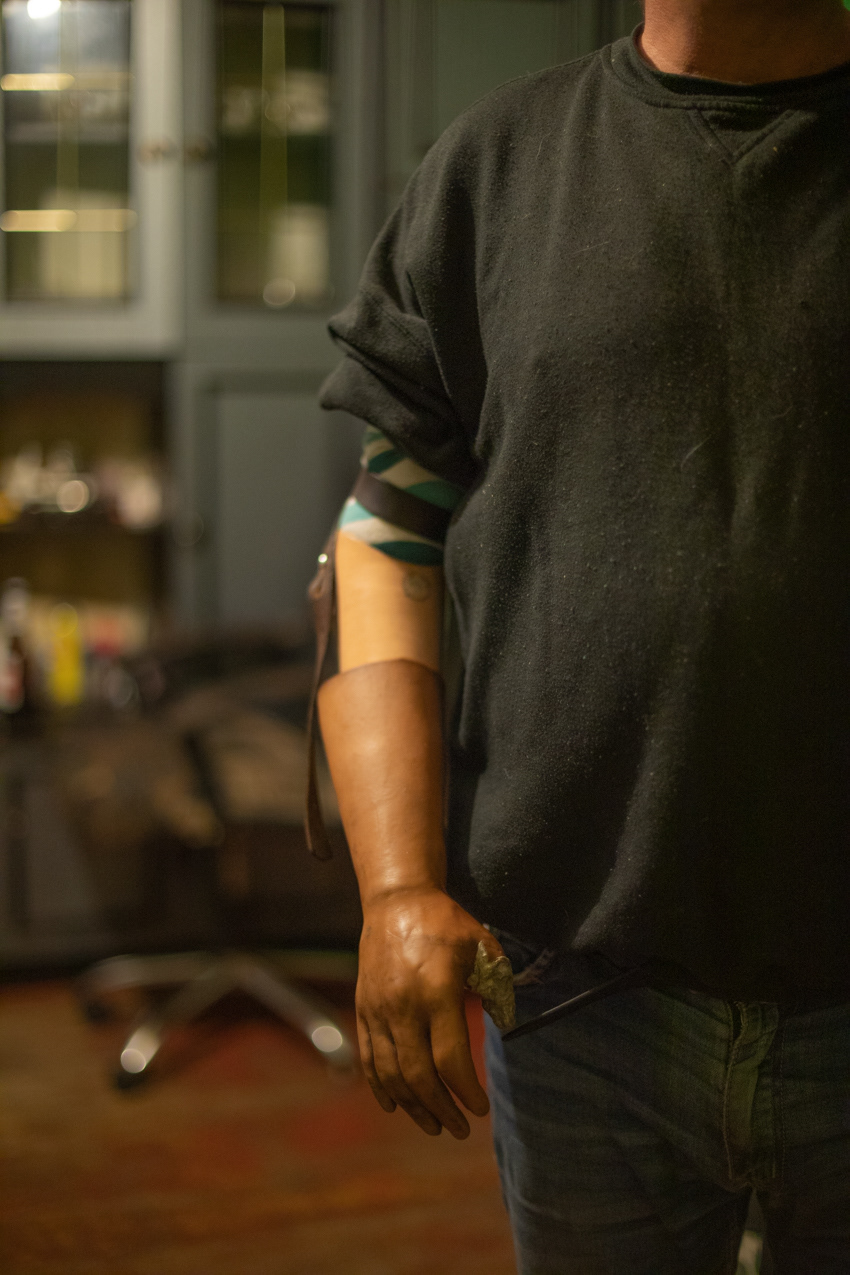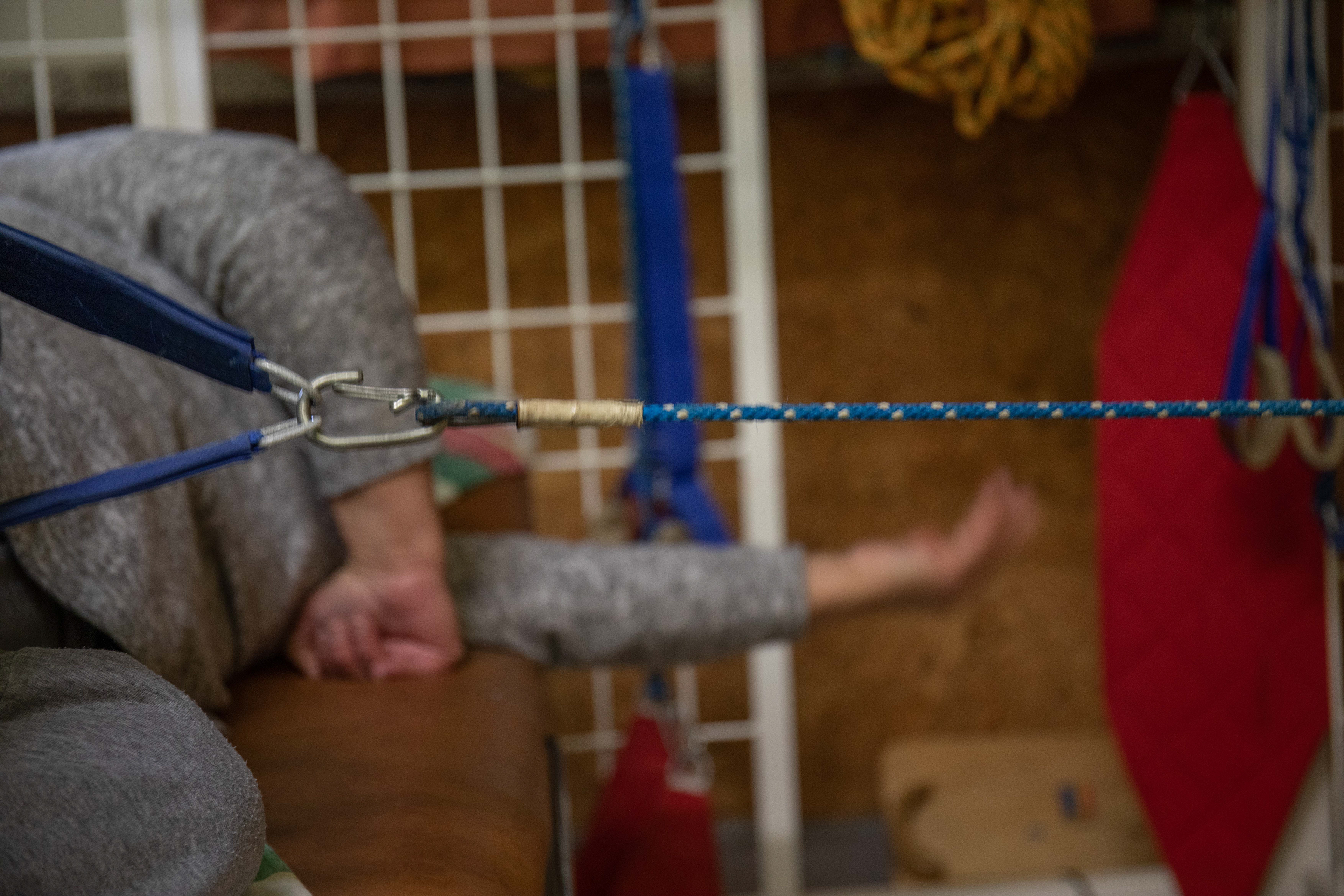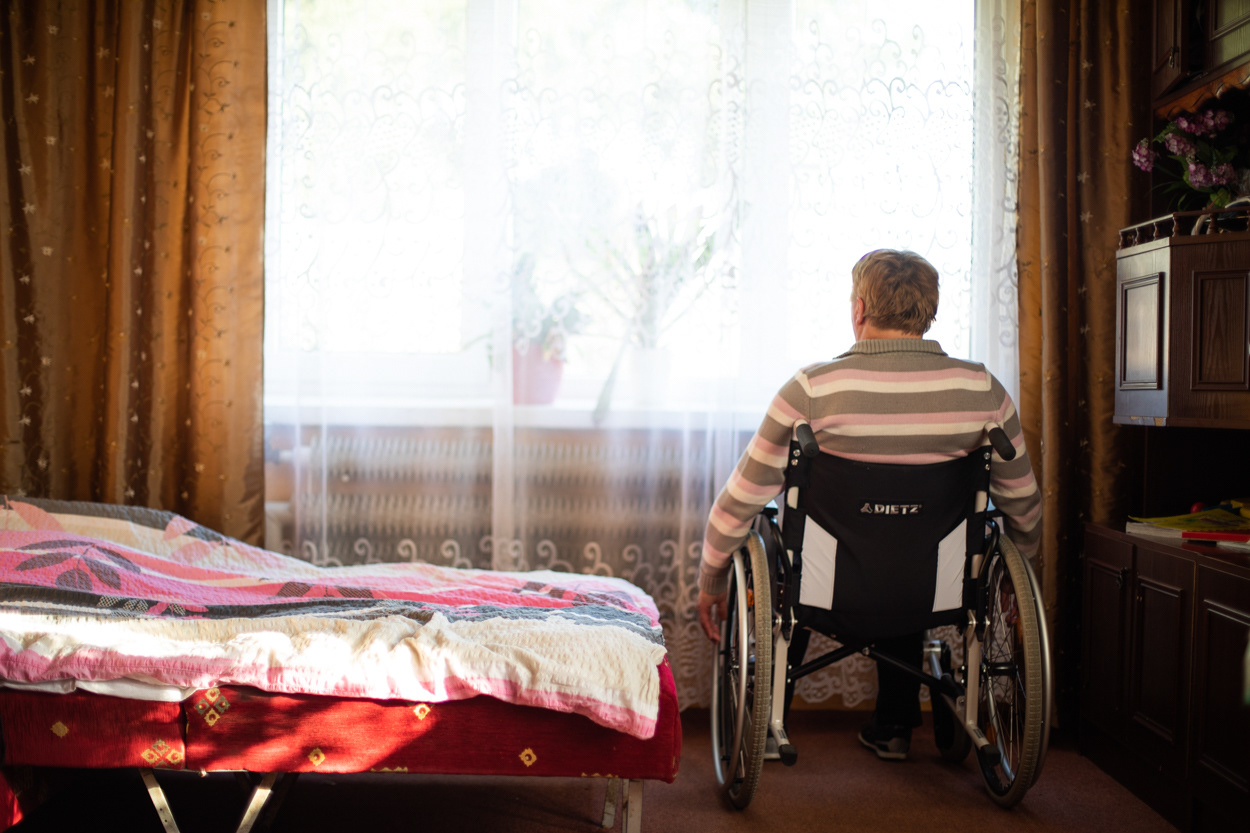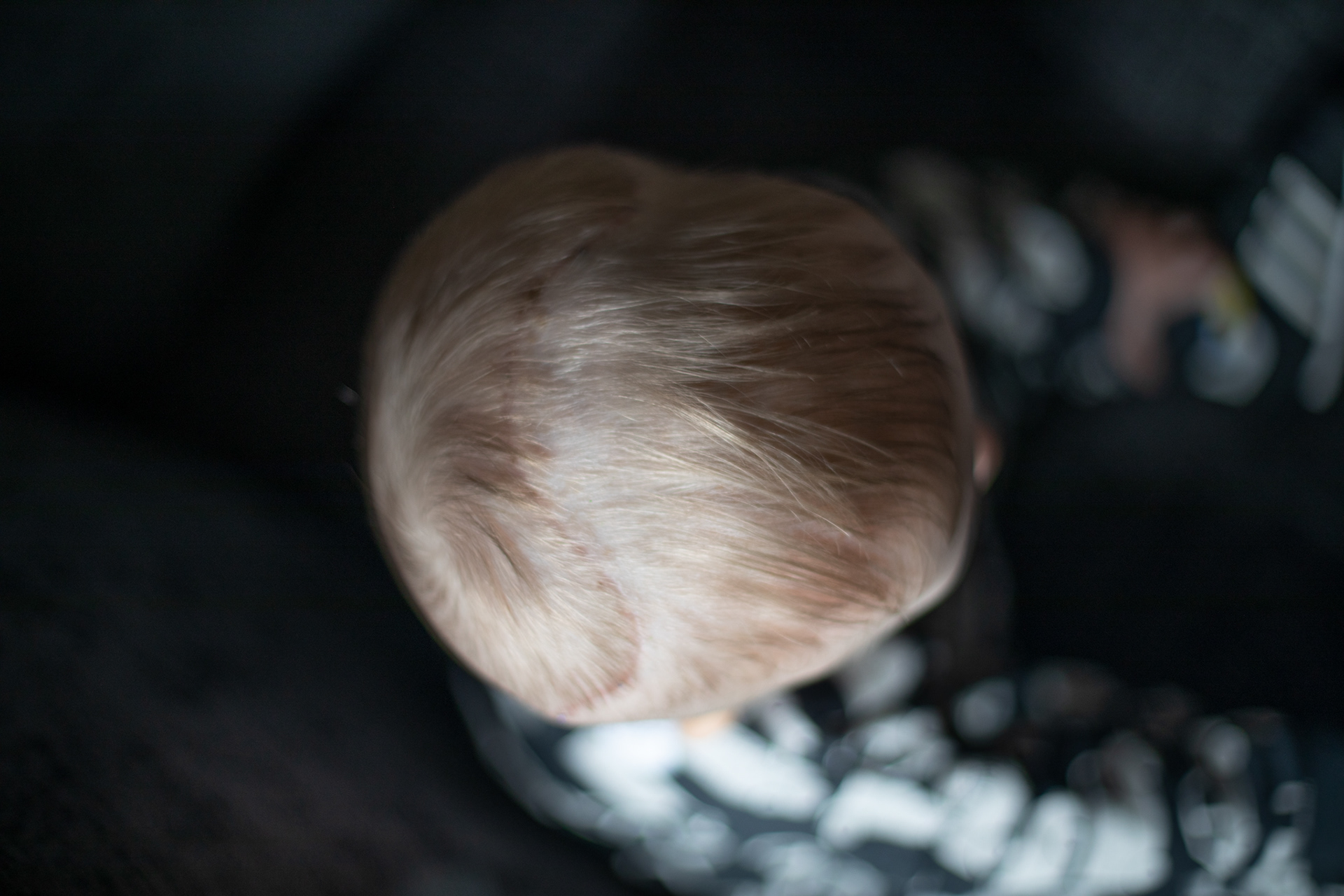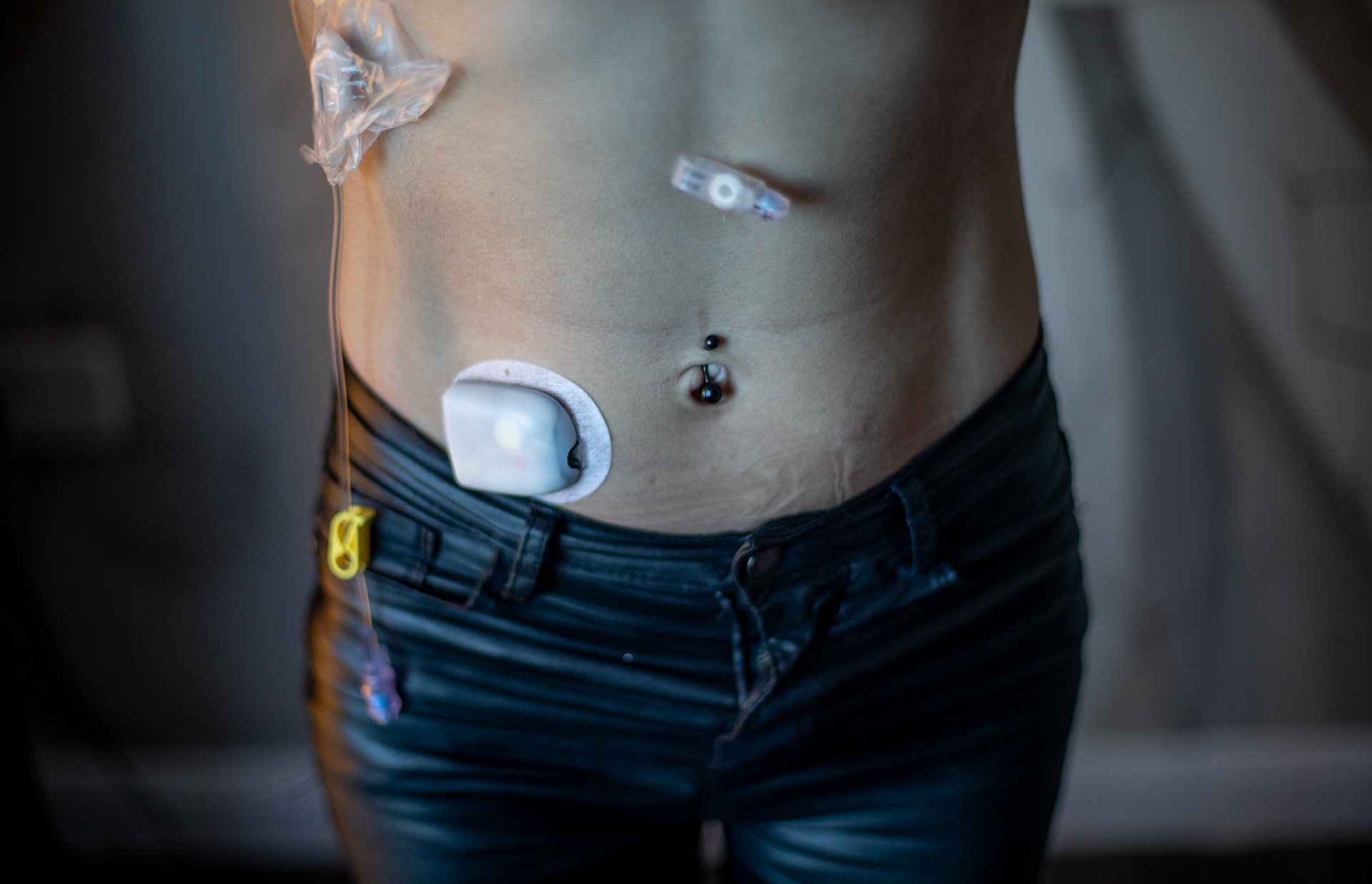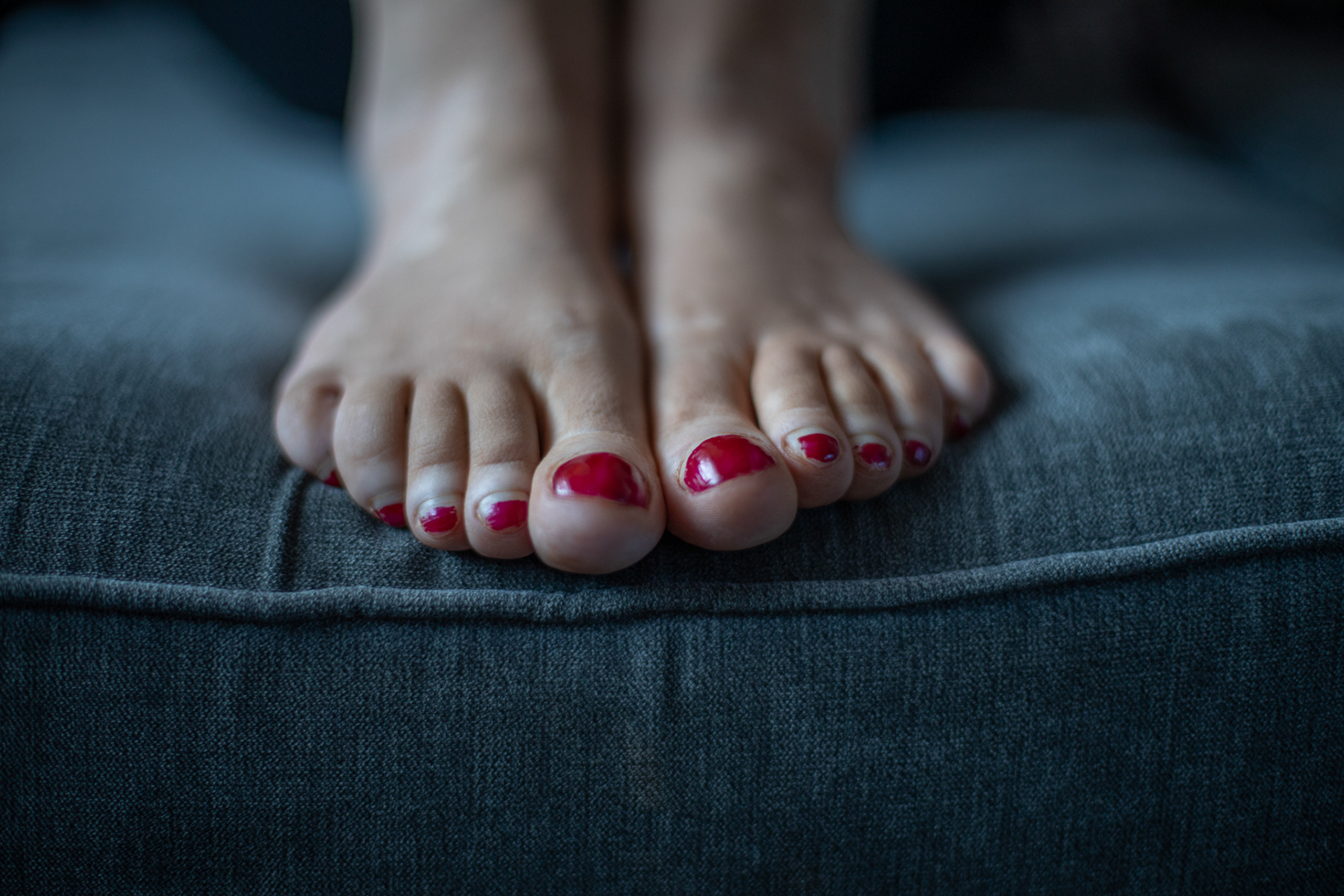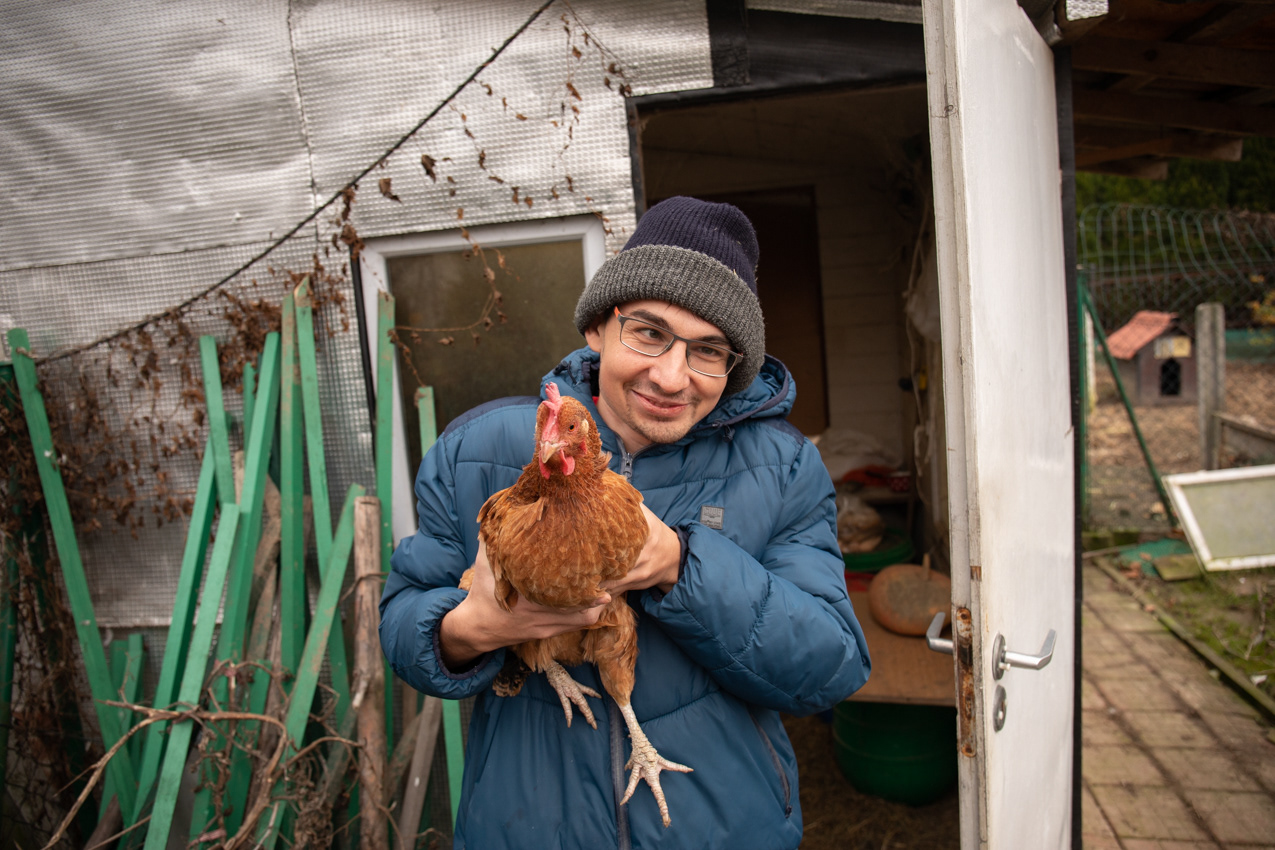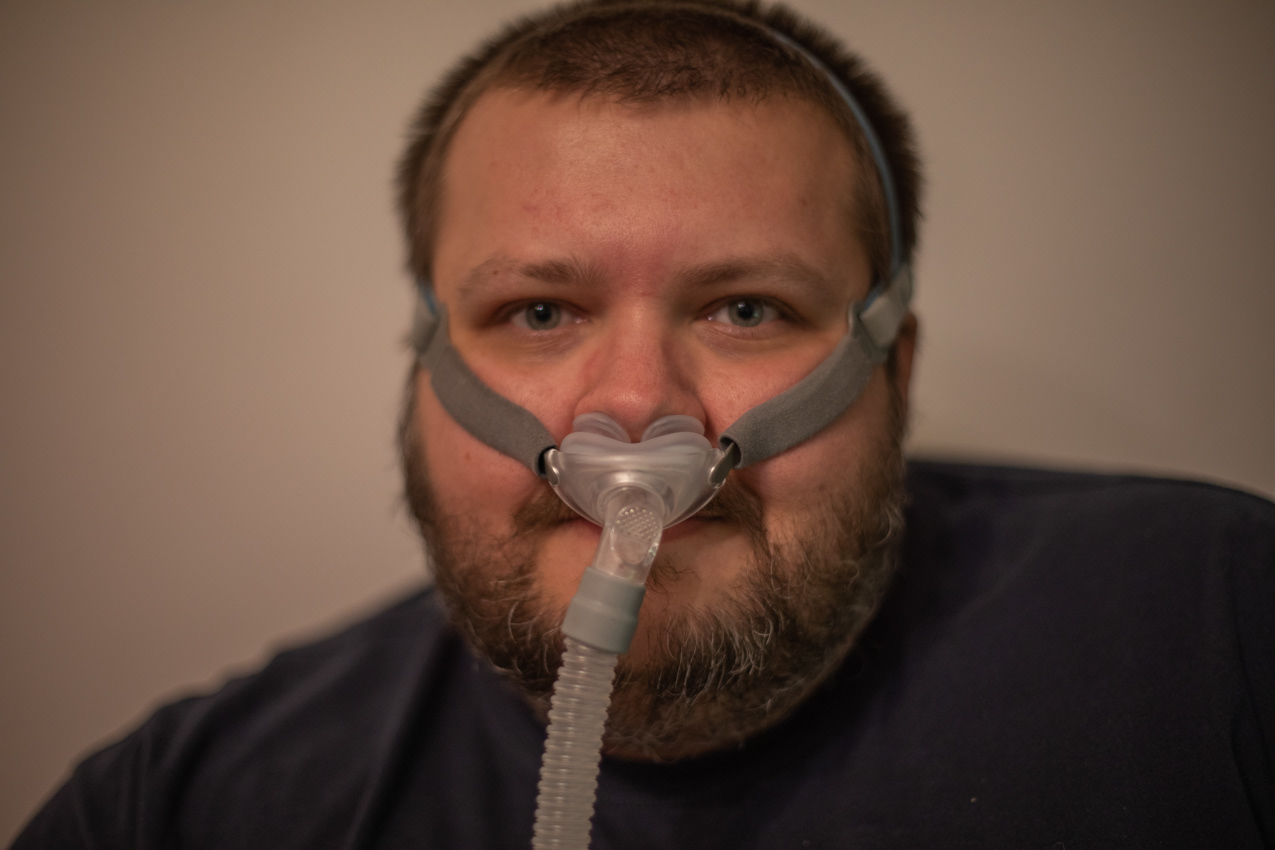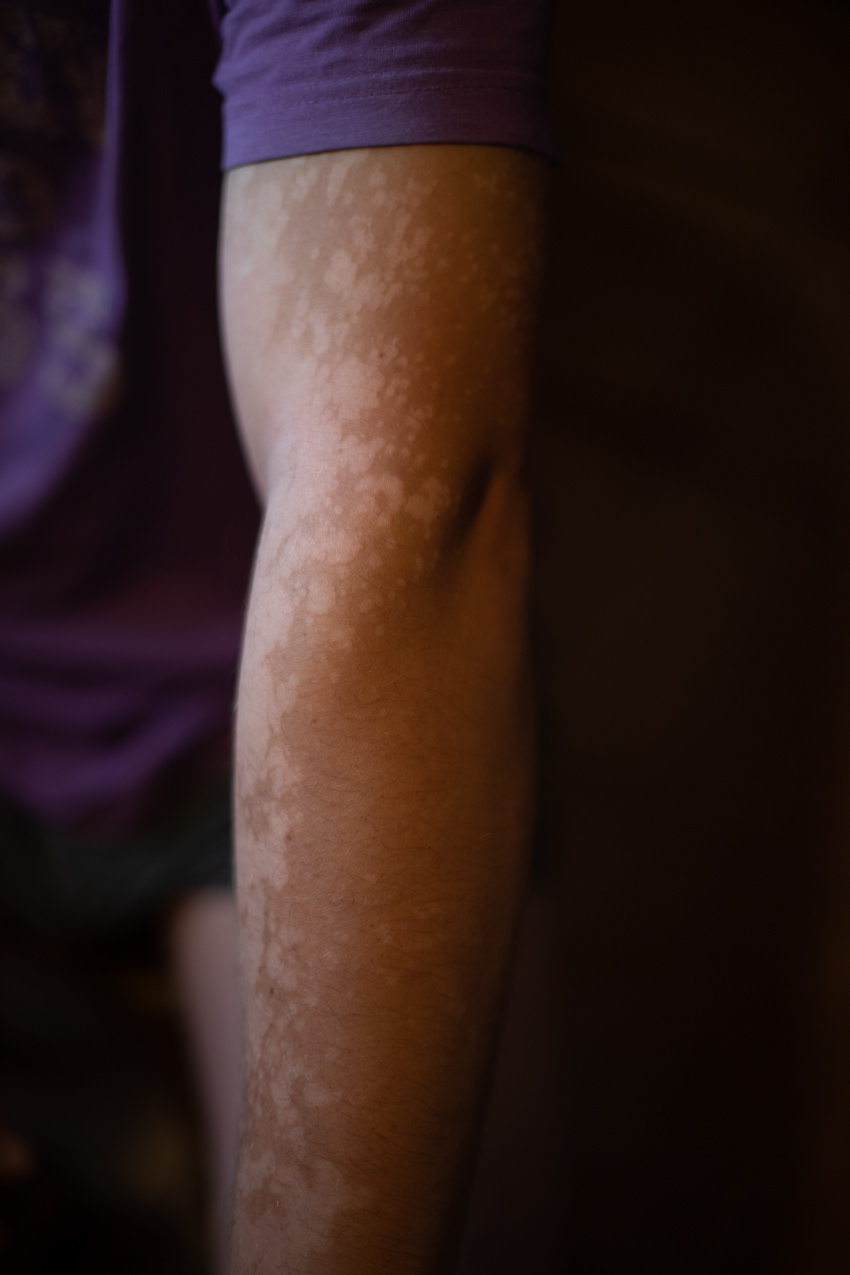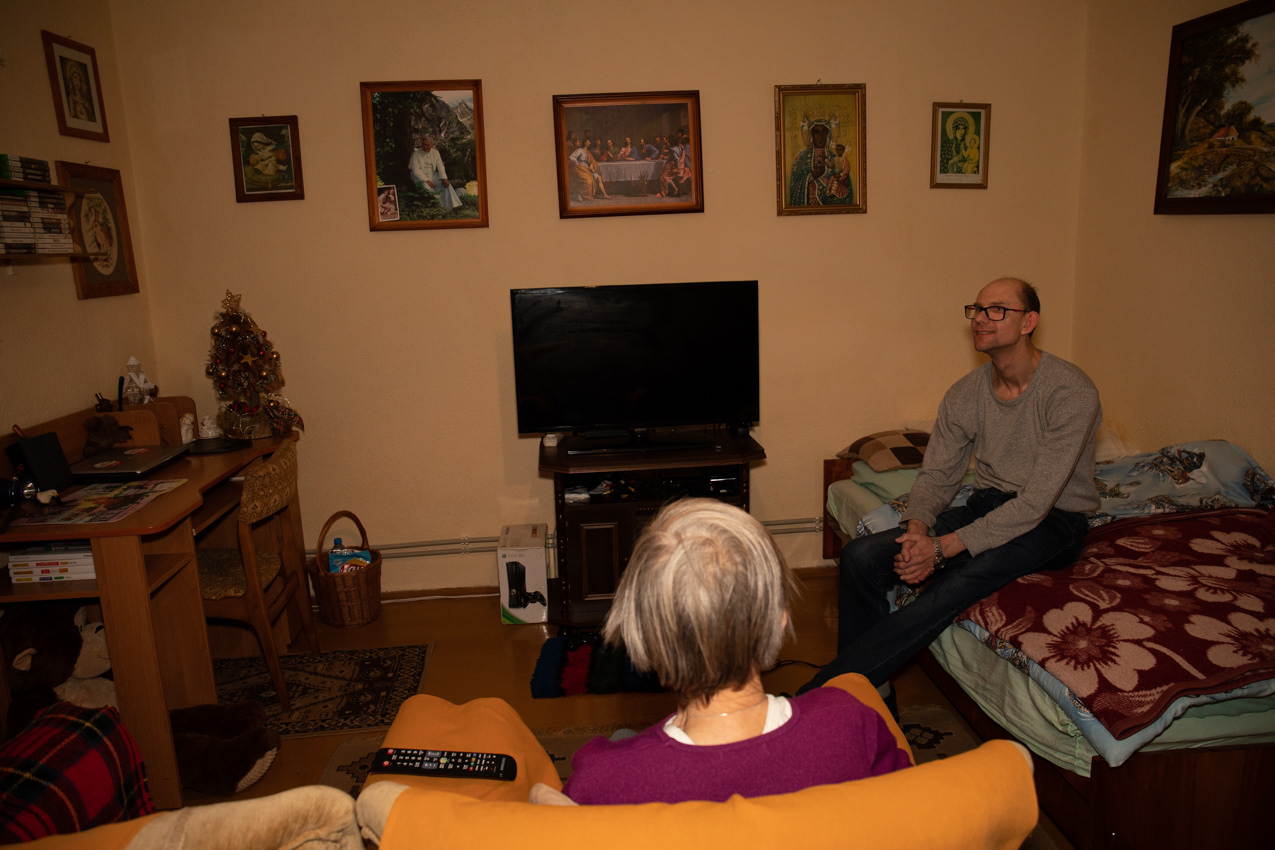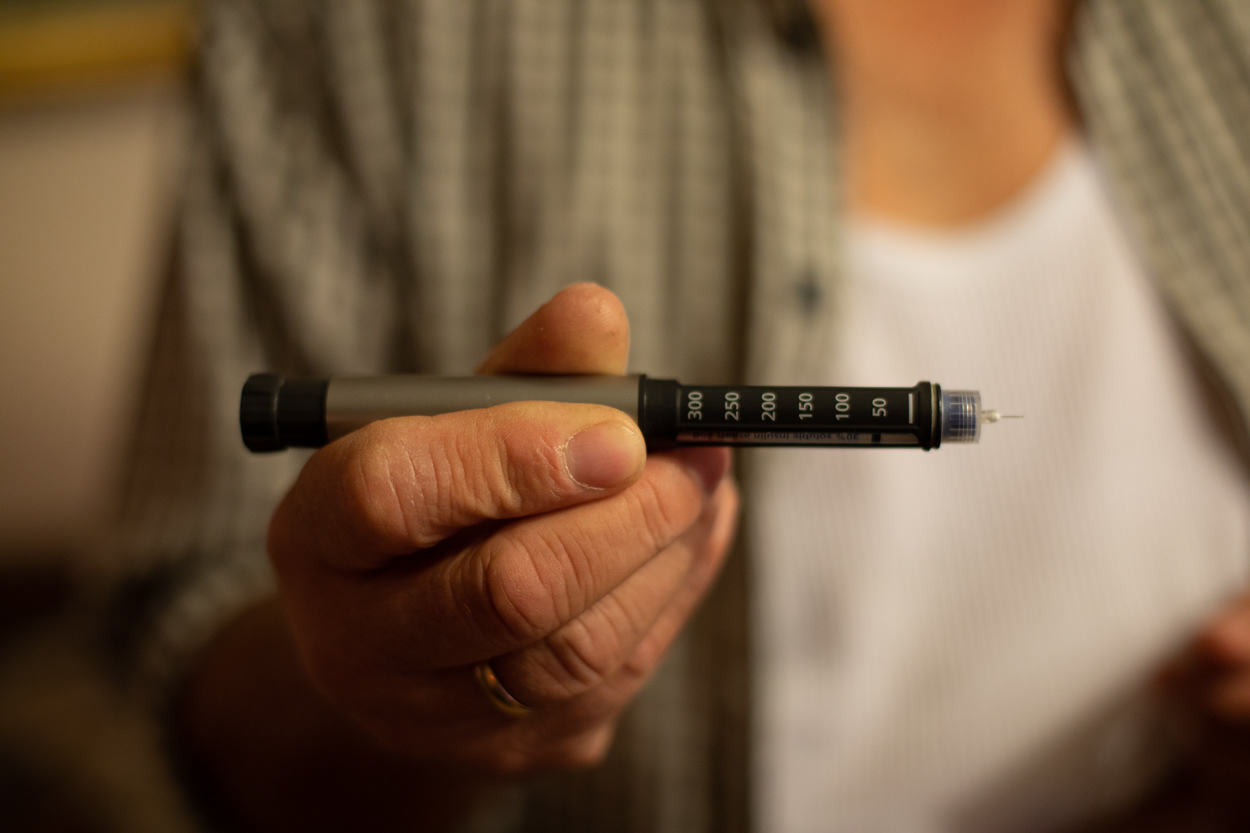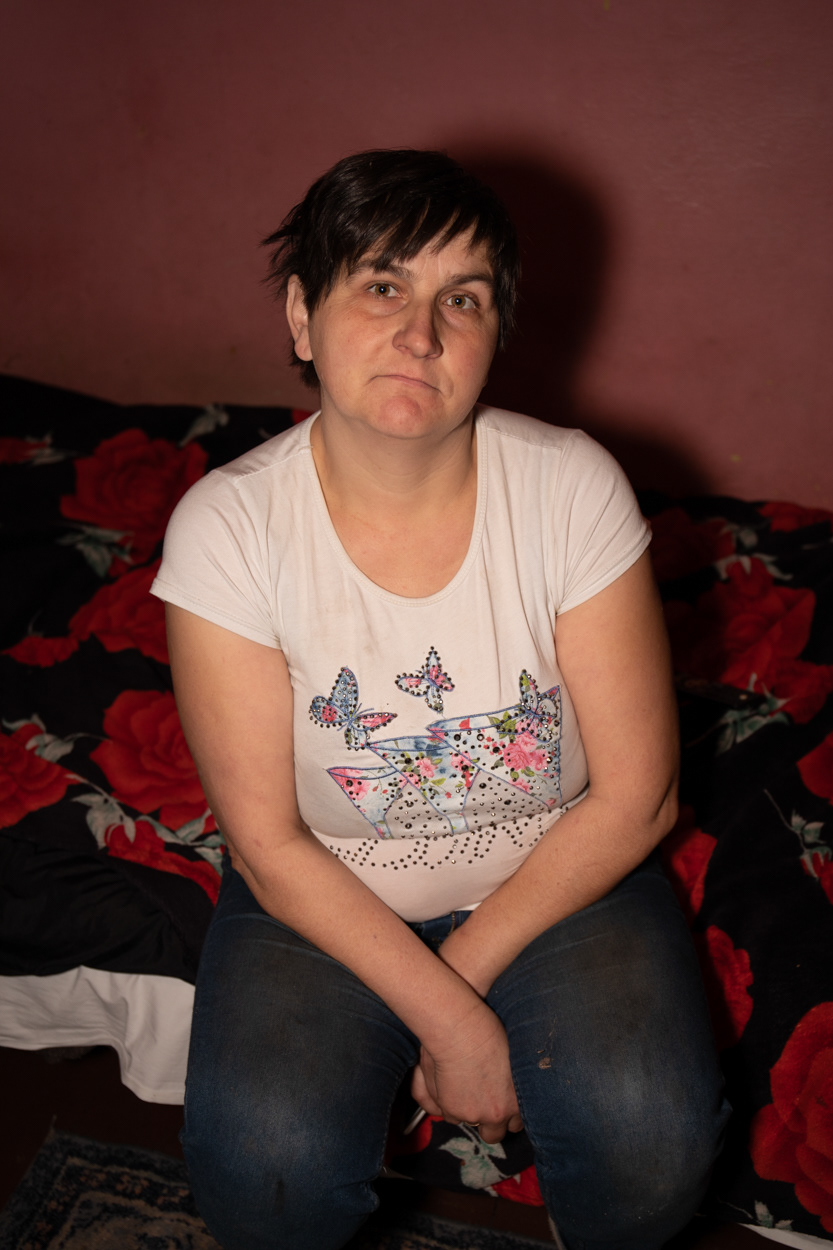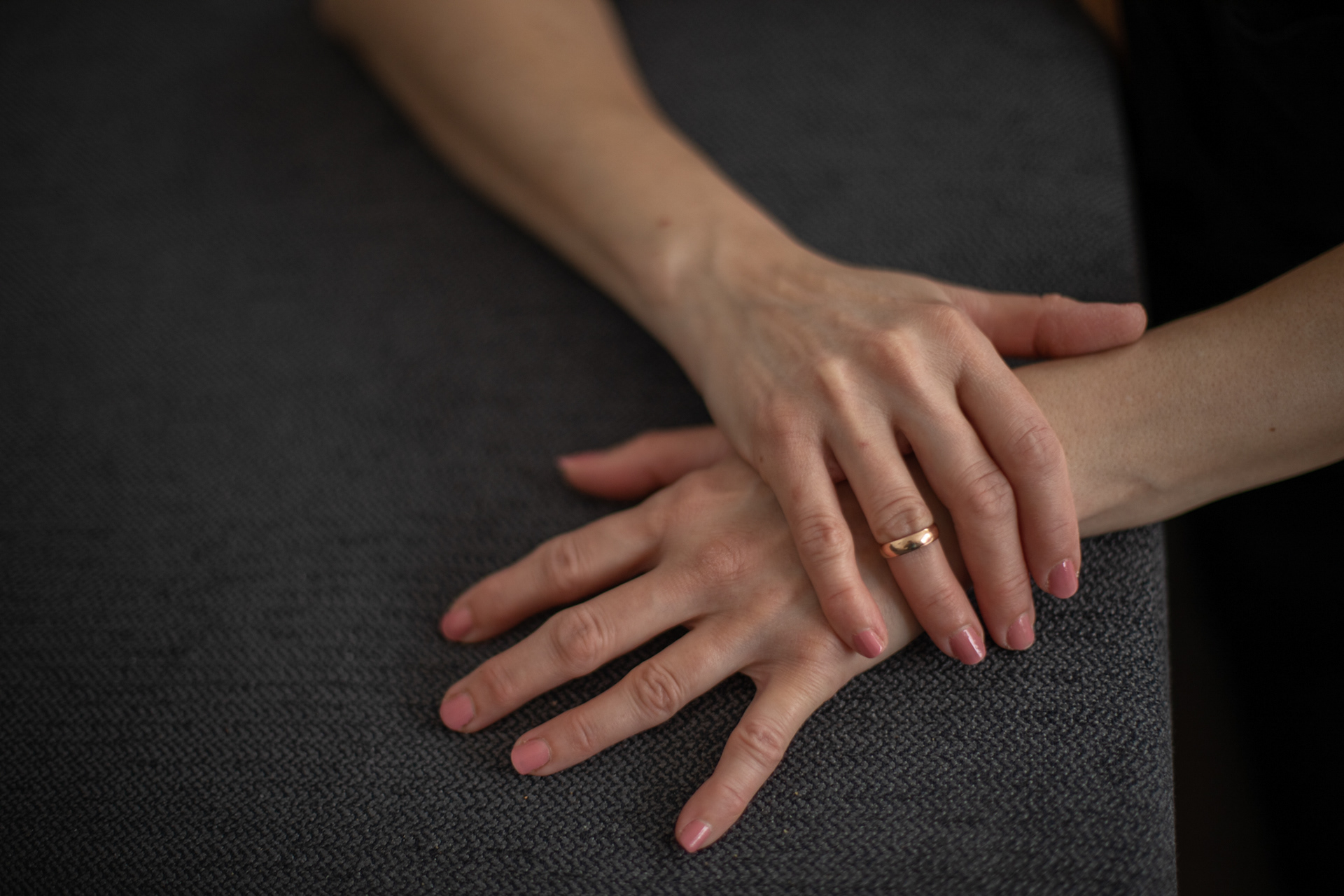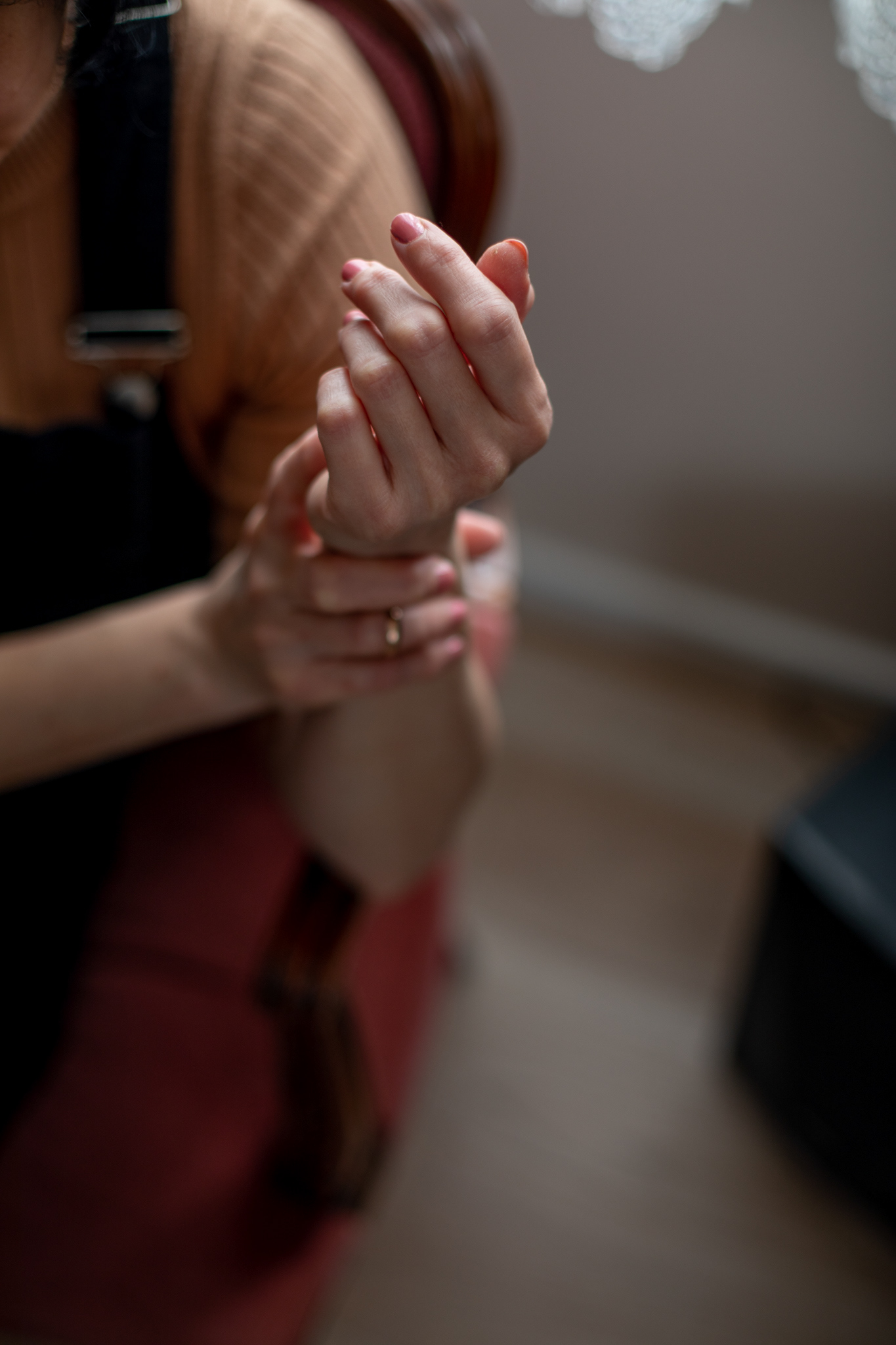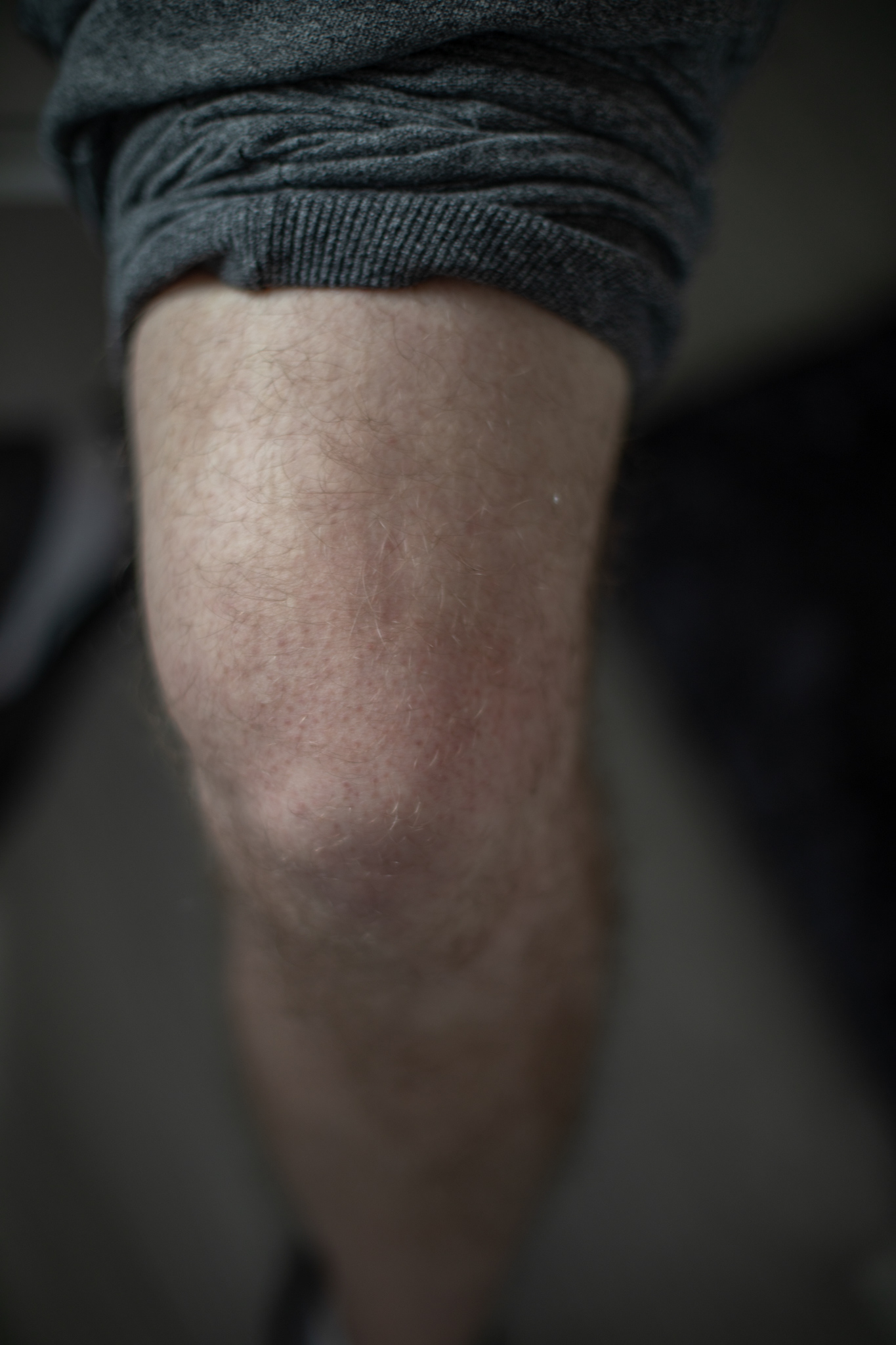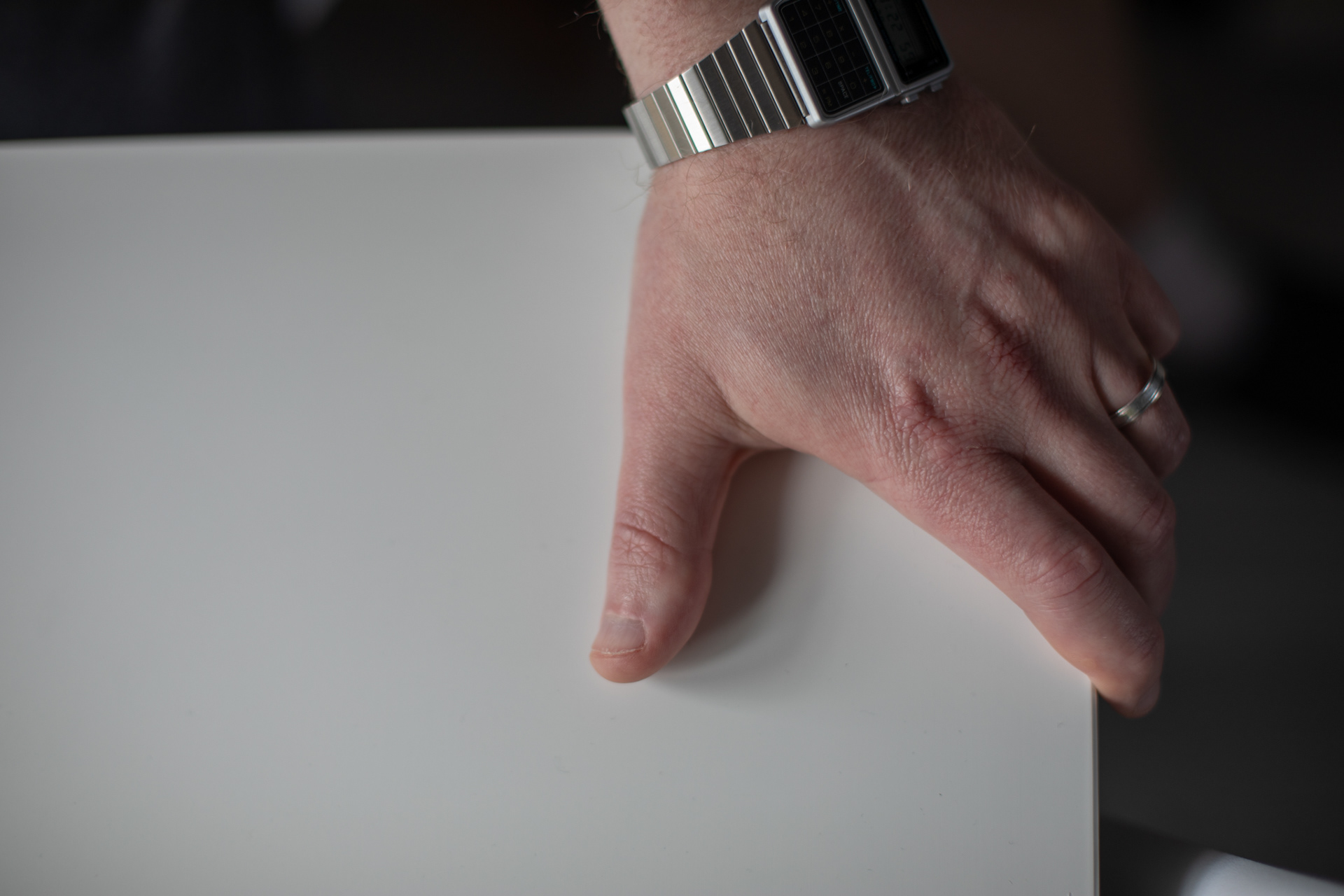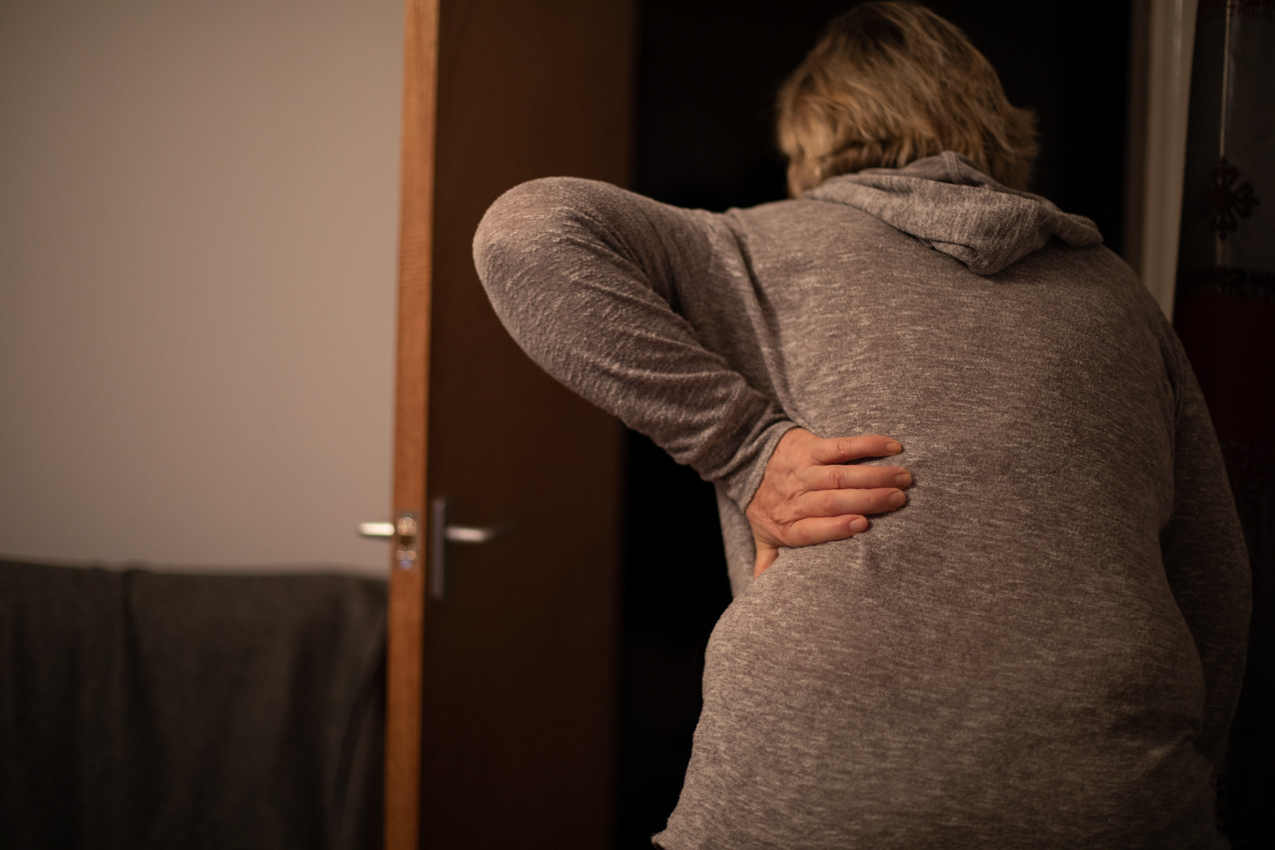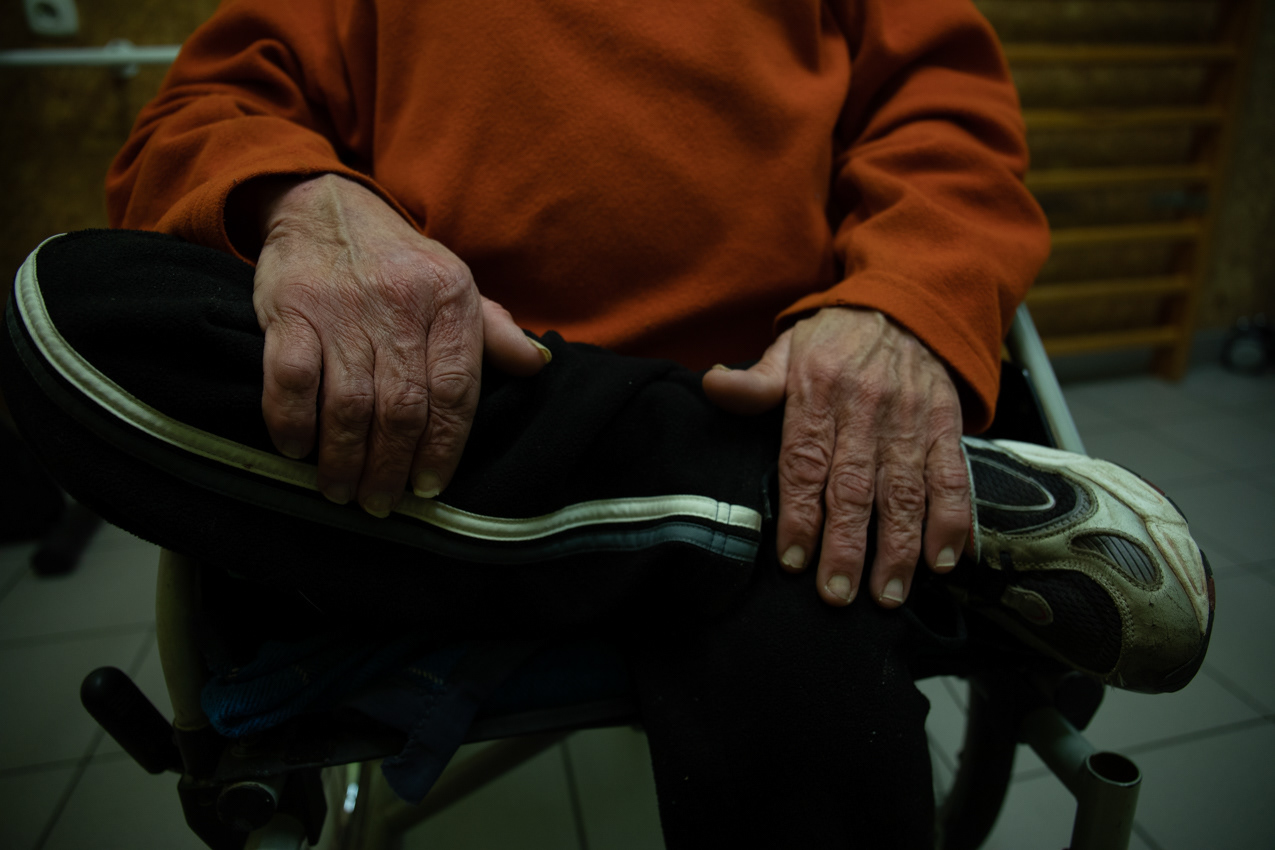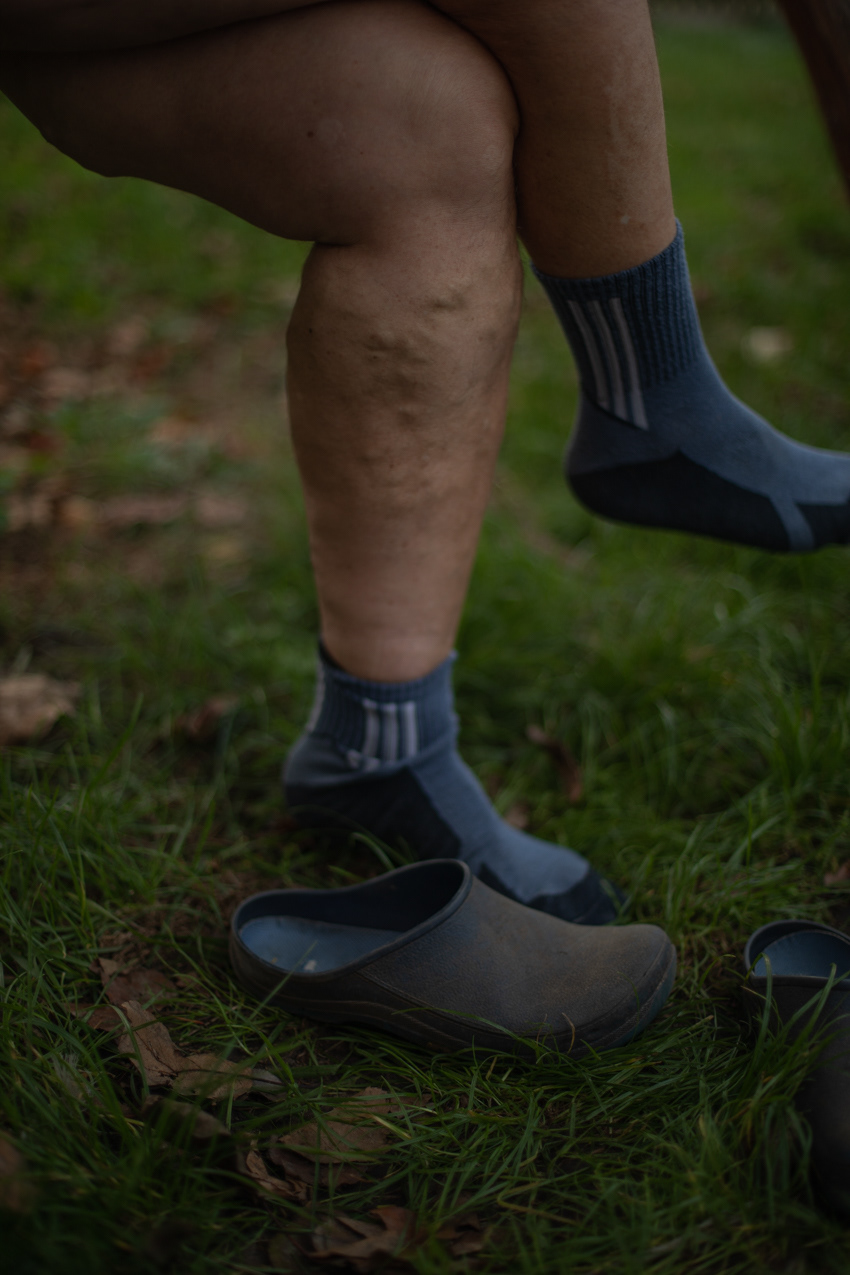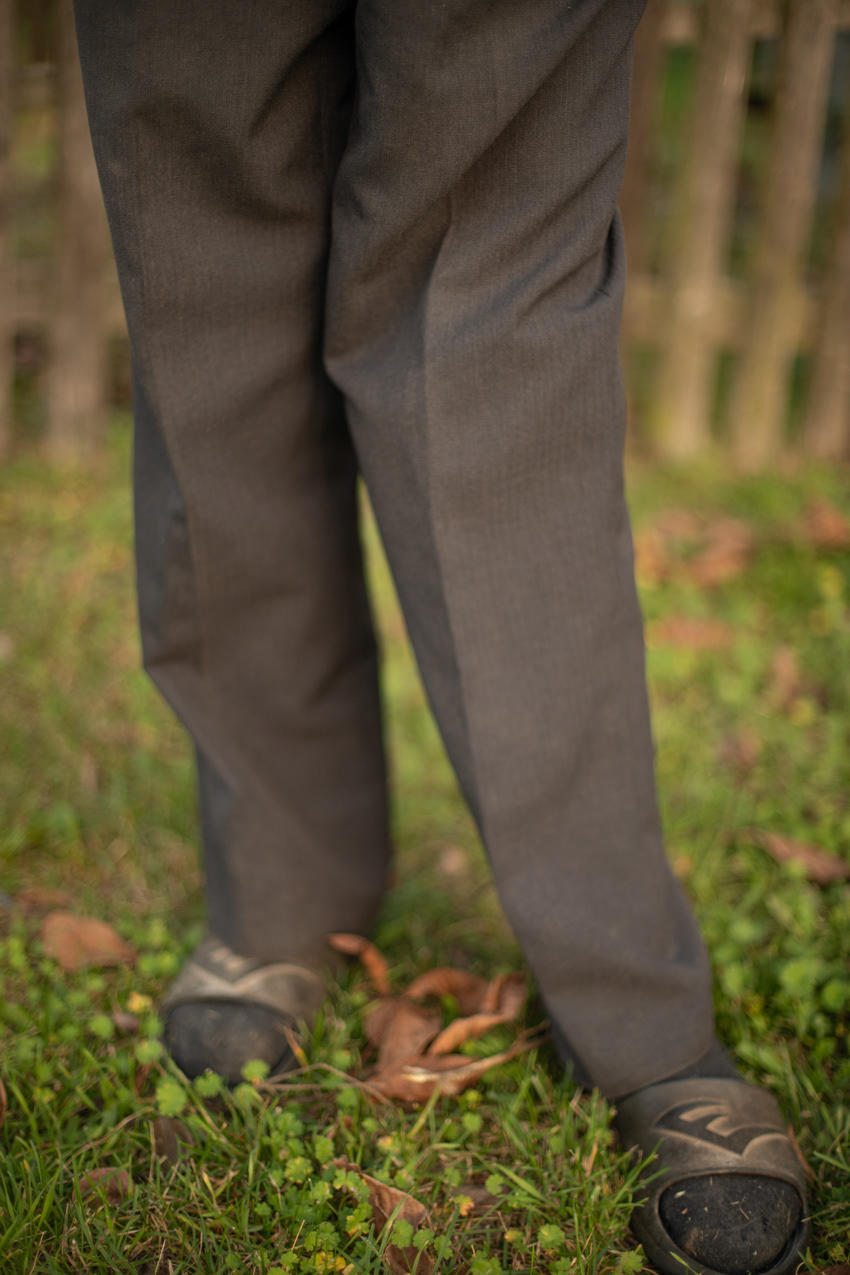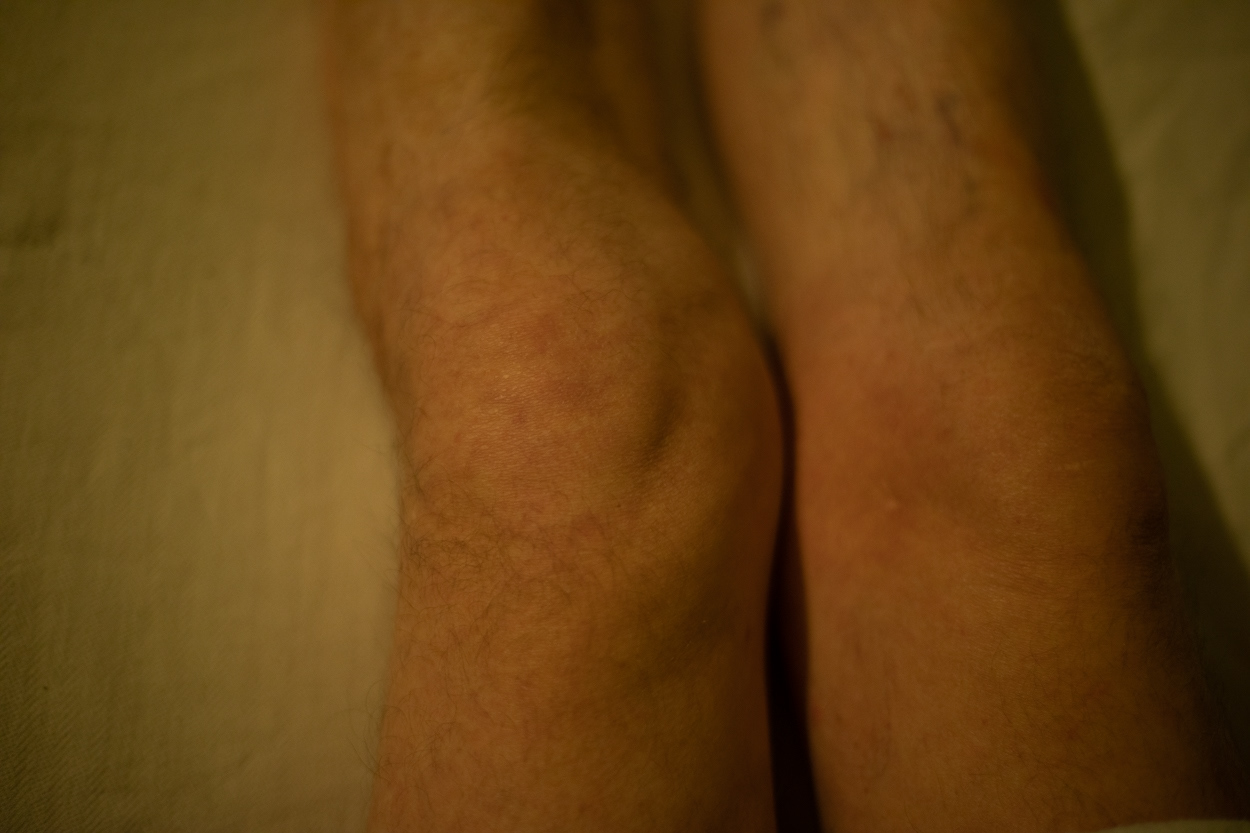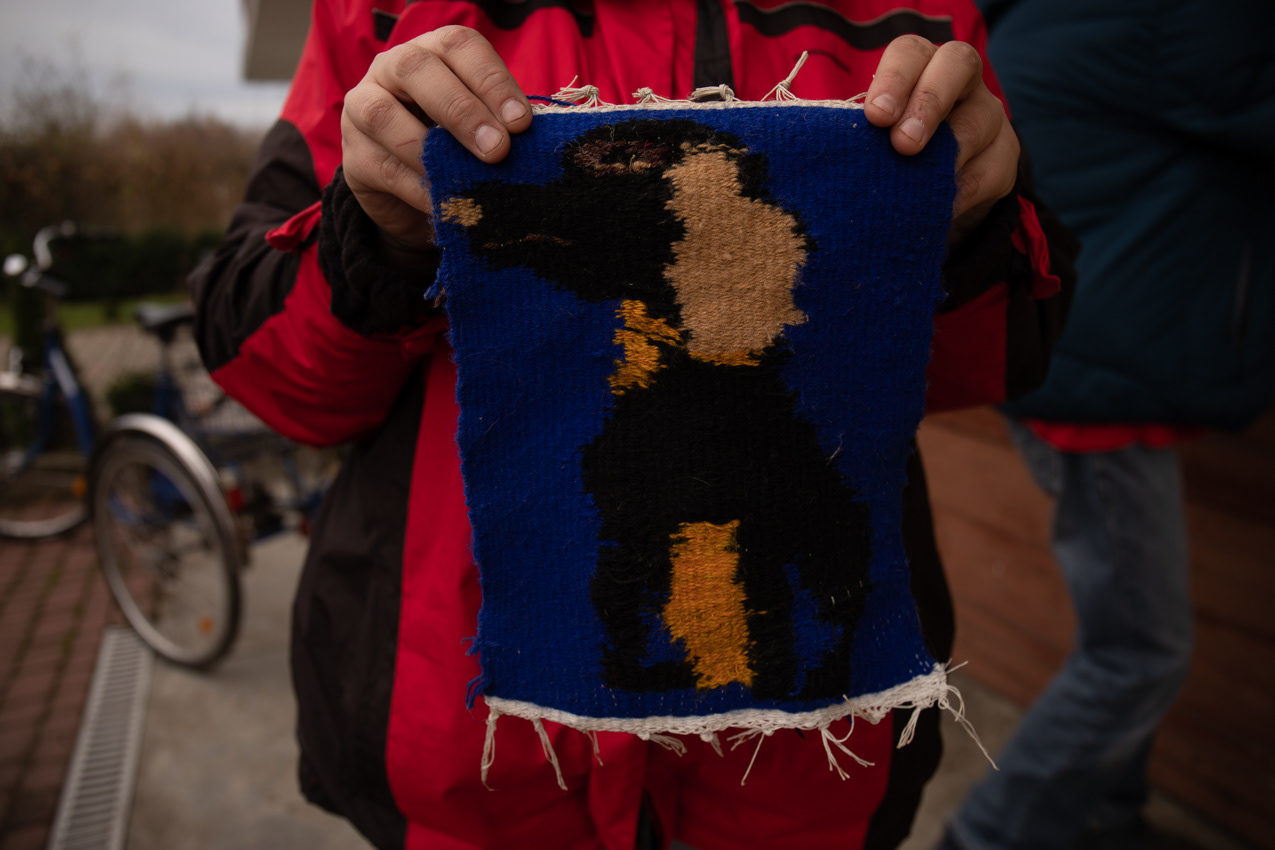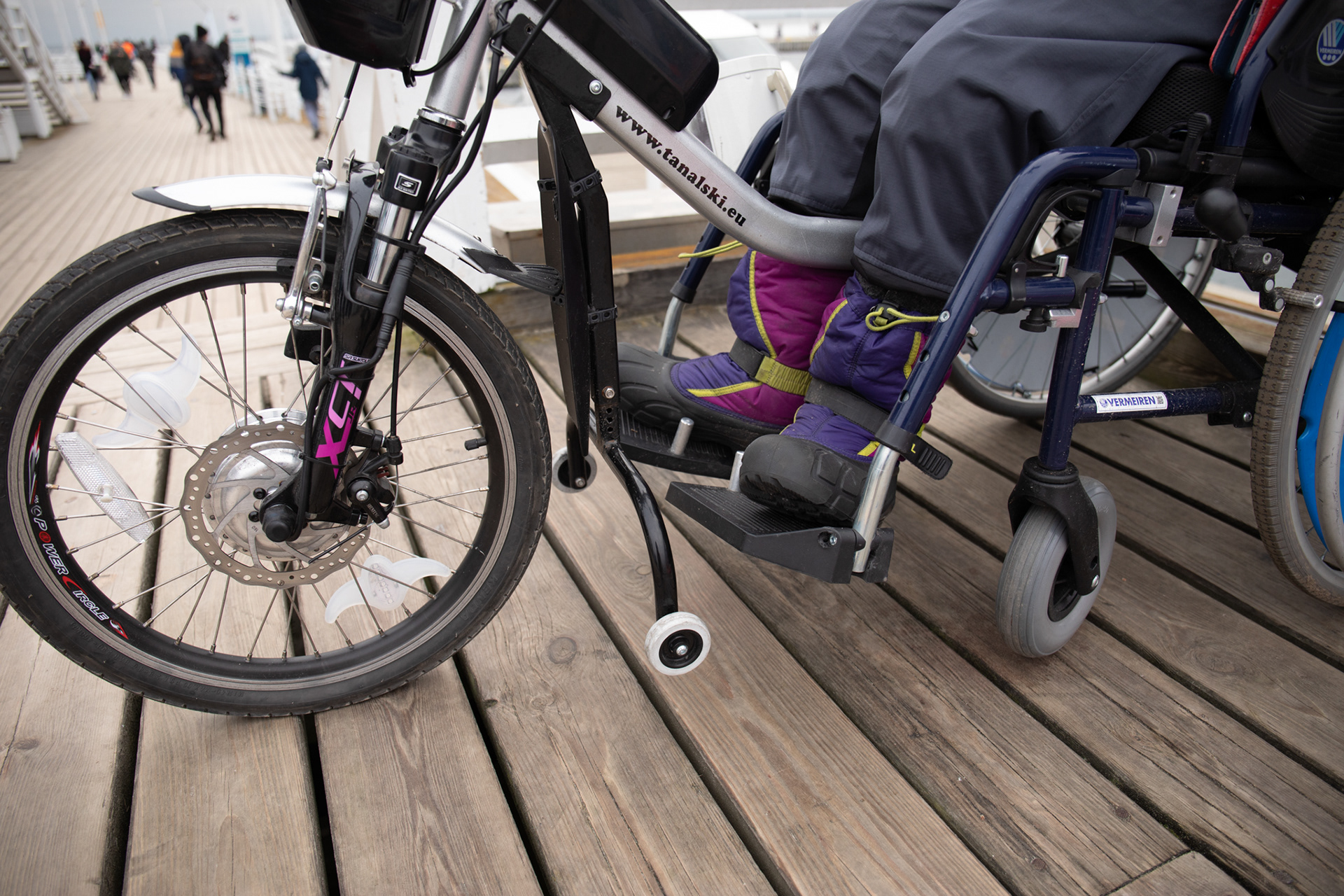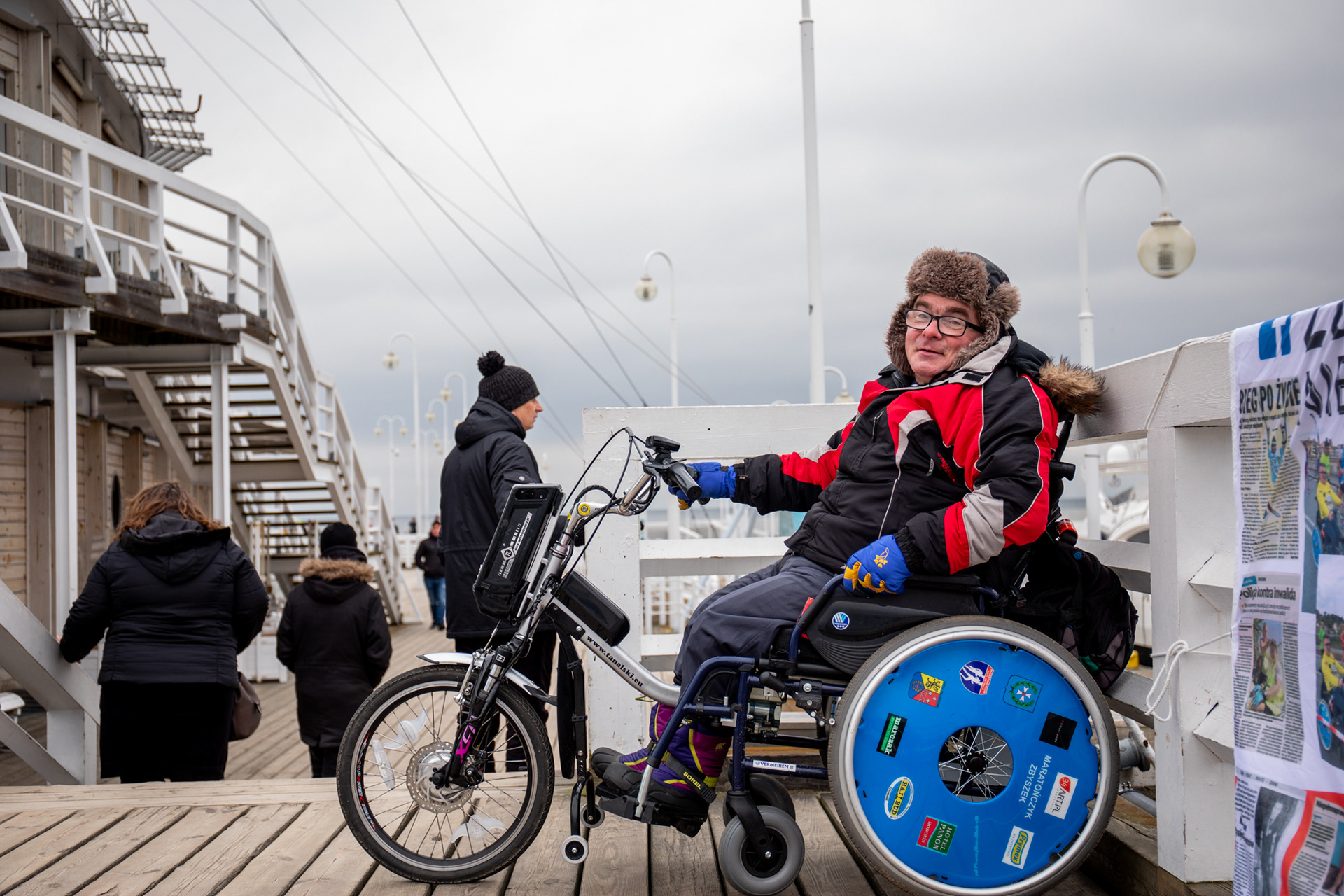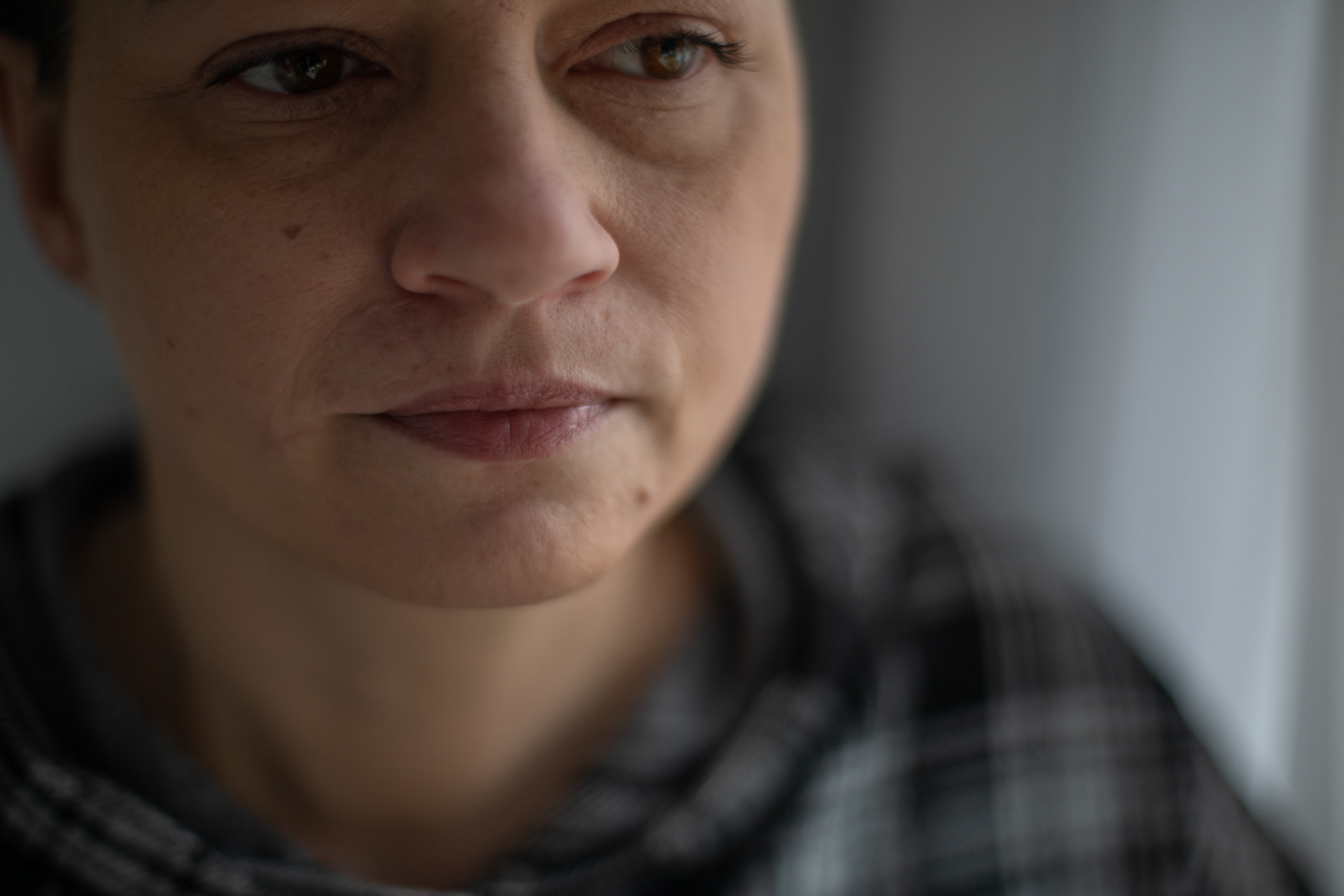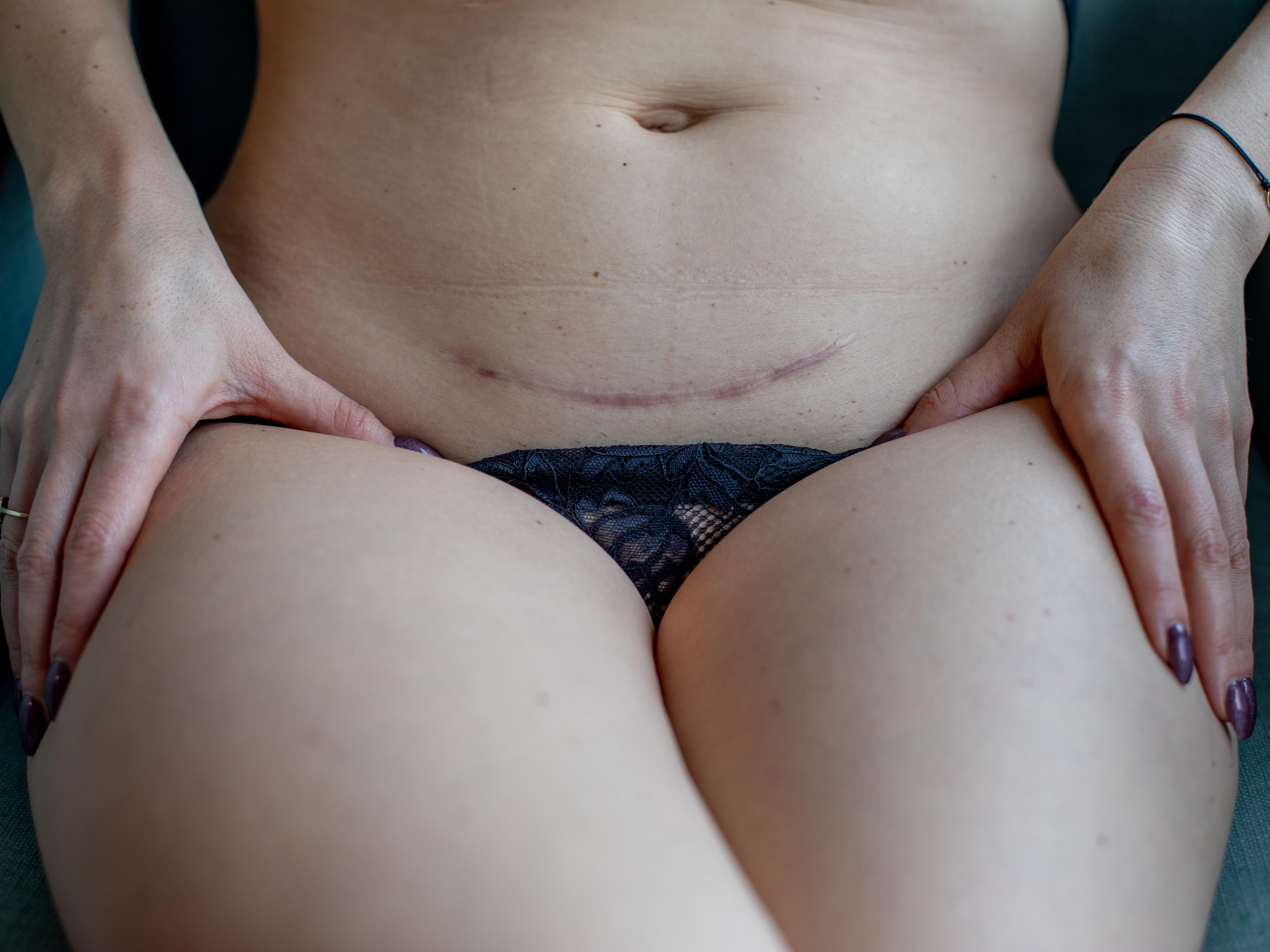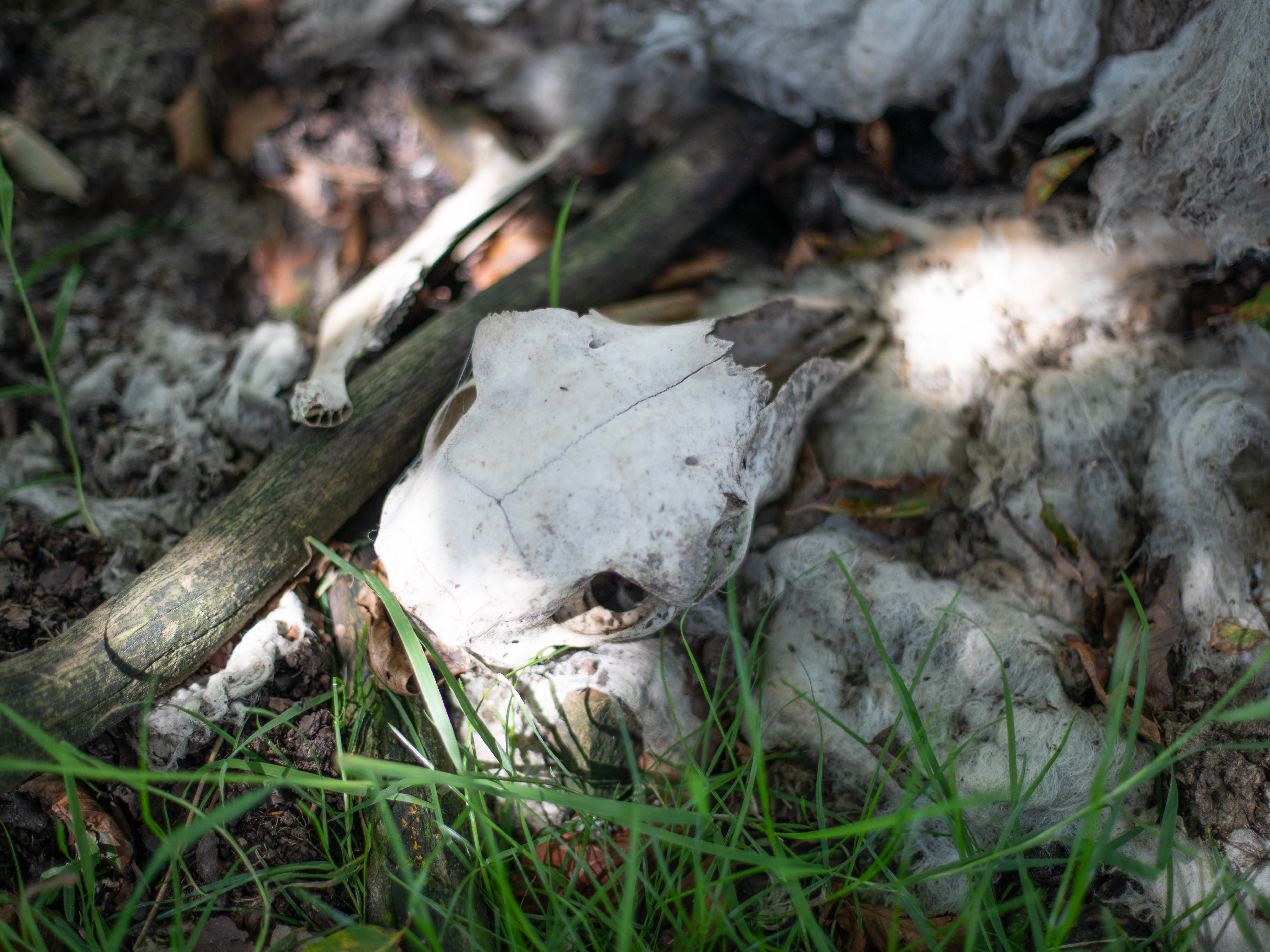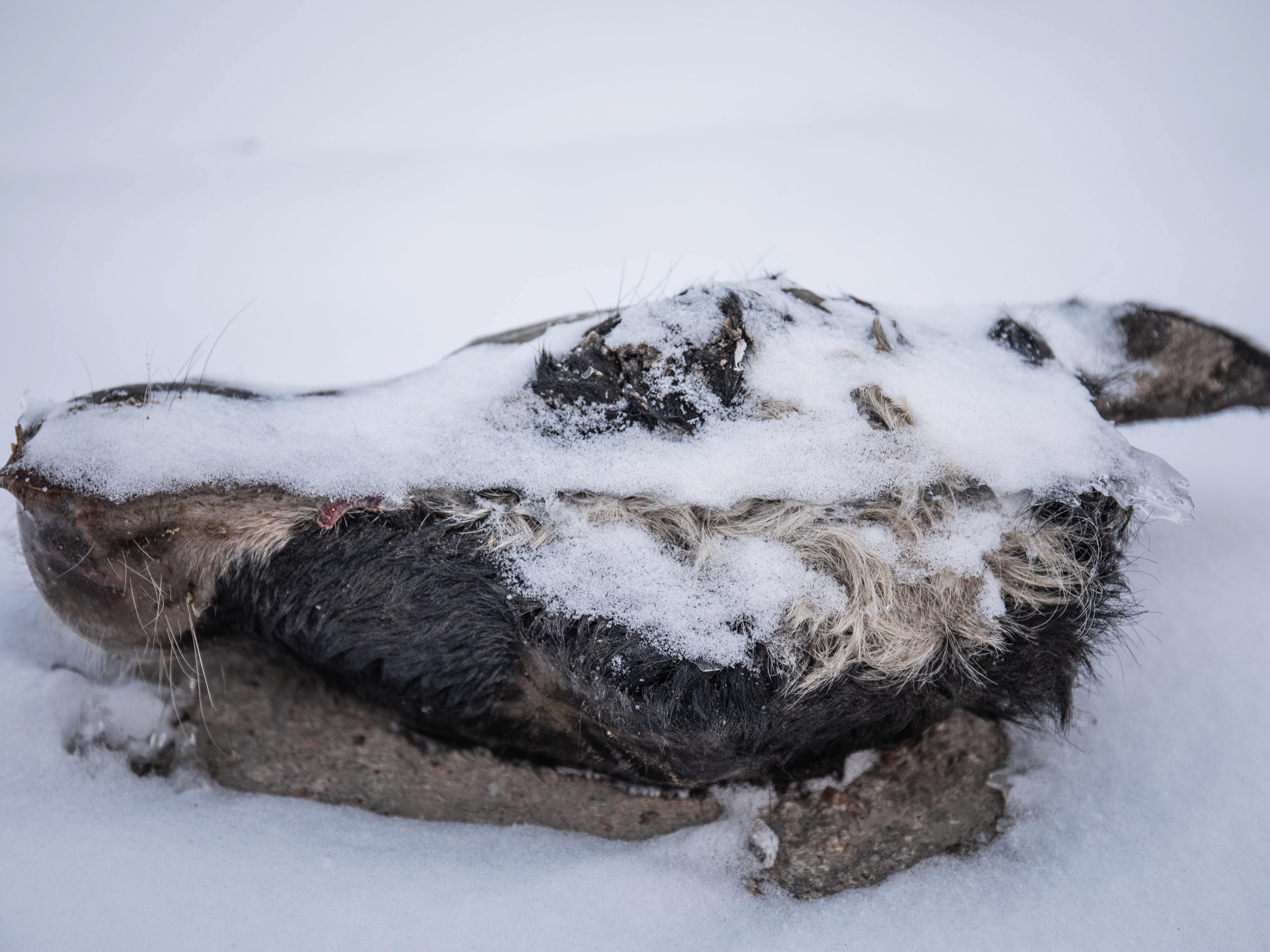This project was a conclusion to the Specialist Project that I carried earlier in the year. What at first was going to be a project about people with disabilities, evolved into a project that discovers how certain conditions affect people’s lives and their families? As I have experienced this personally, the impact of extraordinary conditions on people’s lives and their life decisions – my father lost three fingers and has fallen into the trap of alcoholism, because of this – it made the work personal.
The Final Major Project and my Specialist Project proved to me that individuals should not be judged by their appearance or condition they have. I want the viewer to understand that it is not only from the perspective of what society thinks about people with conditions – a typical viewpoint of an uncivilised person is: wheelchair users have less worth than person who can walk. What conclusion could be made regarding Stephen Hawking and a person who is uneducated?
The aim of these projects was not to judge who has the worst condition but to appreciate all people because, until it happens to us, we do not understand it nor see it.
I have drawn influence from artists such as Sally Mann for the project Marital Trust. In this, Mann made photographs of her husband who suffered from muscular dystrophy. Jo Spence was also an influence due to her brave photographic documentation of her own cancer treatment. I admire Spence’s photography the most. Through my studies I also reviewed the works of Richard Billingham; Andres Serrano; Henri Cartier-Bresson; Nan Goldin; Igor Kostin; Andy Warhol; Diane Arbus and Sarah Lucas.
Apart from the influence of the above two photographers had on my work in terms of concept and idea, it set a challenge to how their photographs were taken. Mann used a large format camera which seemed impractical for my work, especially, when you have to travel with it hence I chose to use a DSLR Canon Eos 5D Mark IV camera and a 50mm lens, f1.4 which provided a shallow depth of field and enabled me to work even when light was limited. That allowed to capture the realistic feel and natural beauty of these photographs. Jo Spence’s work, being quite random at times but very appealing, paved the way for me to dream about being a documentary photographer. Her approach of taking photographs of things as they were – sudden, without any preparation, or staged arrangement are completely opposite to what Sally Mann’s pictures are: made for a reason, with scene already set. I understood that story behind the photograph, the reasoning for it, plays big, if not bigger, part in gaining critical success than how pretty the photograph is.
